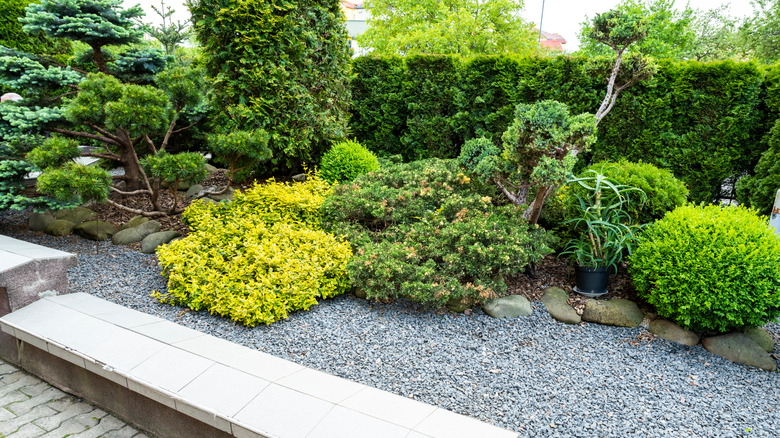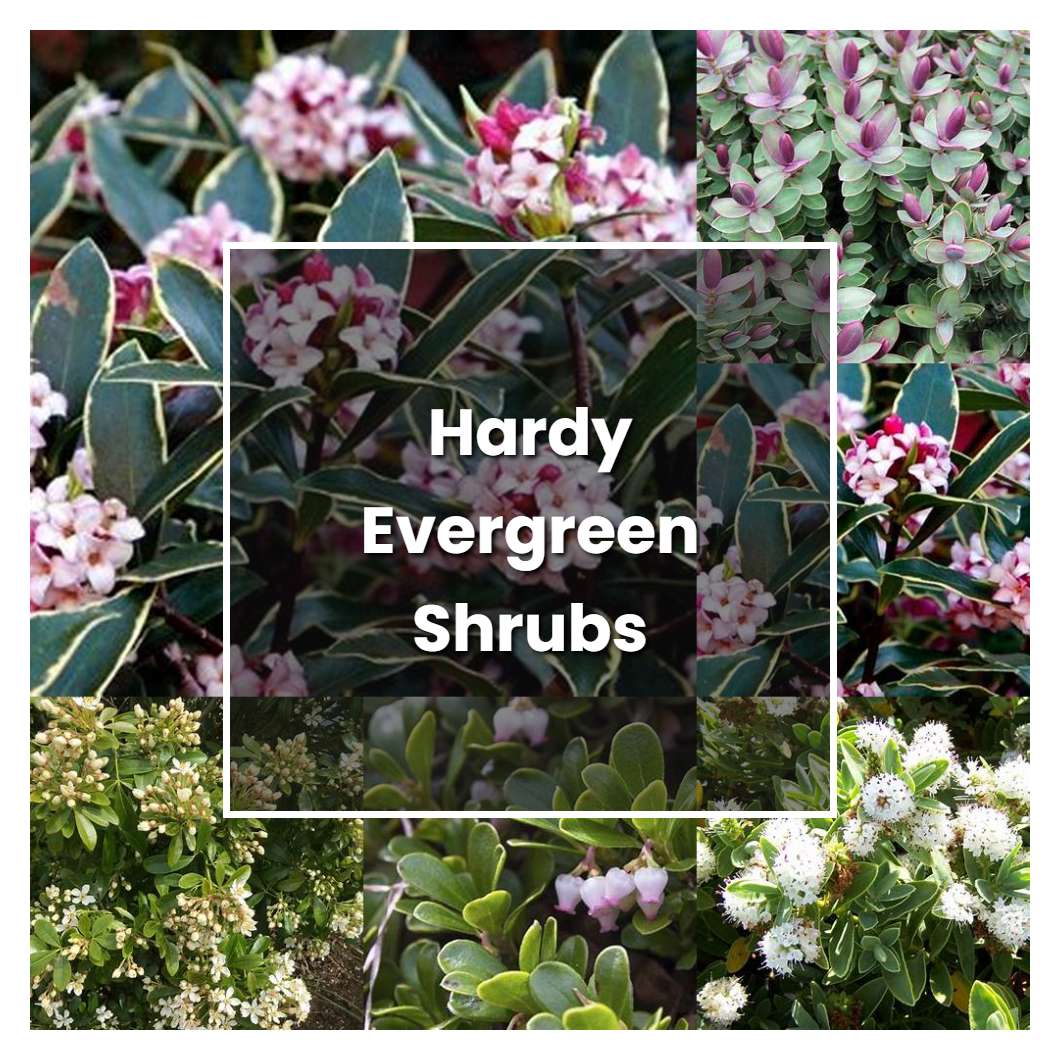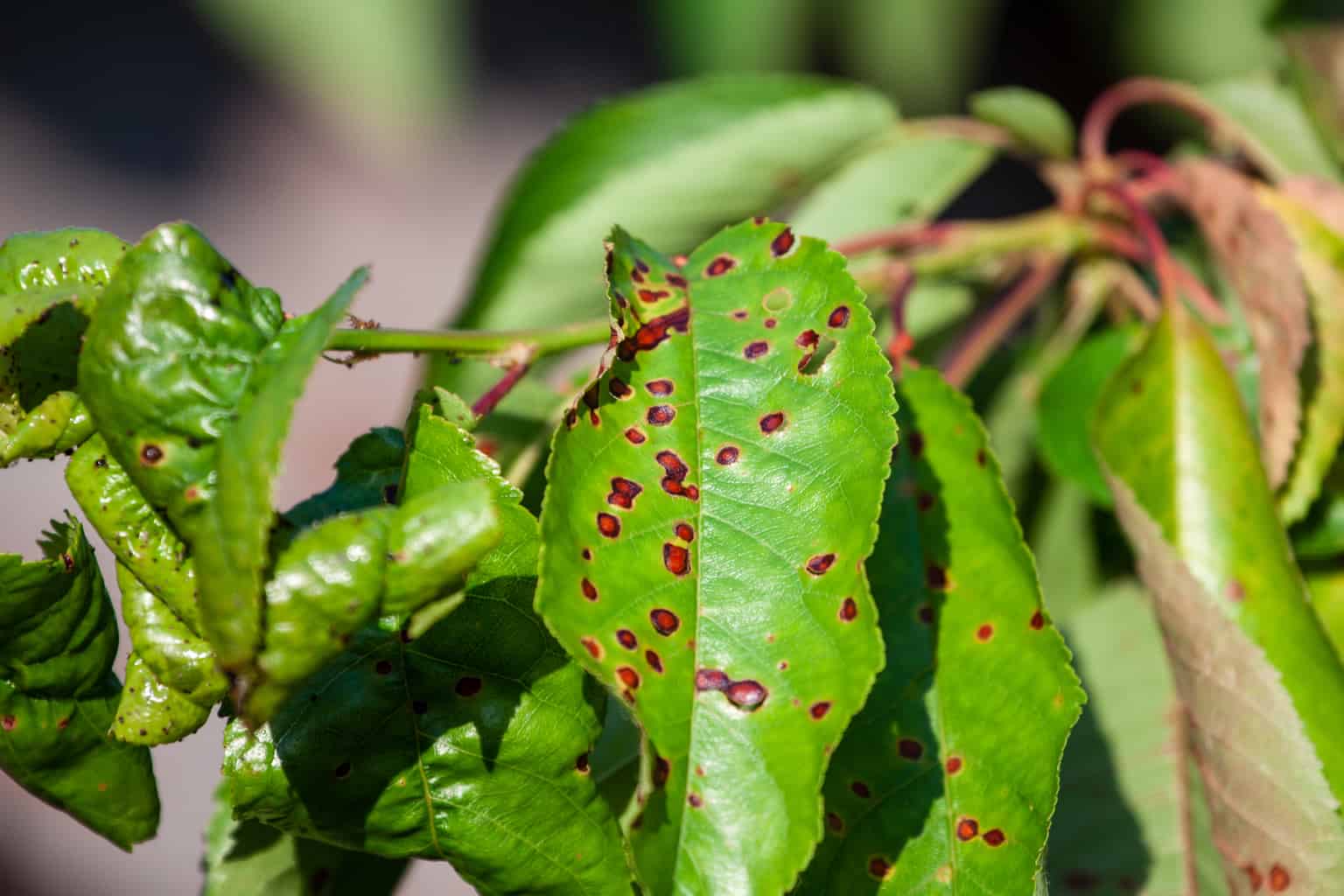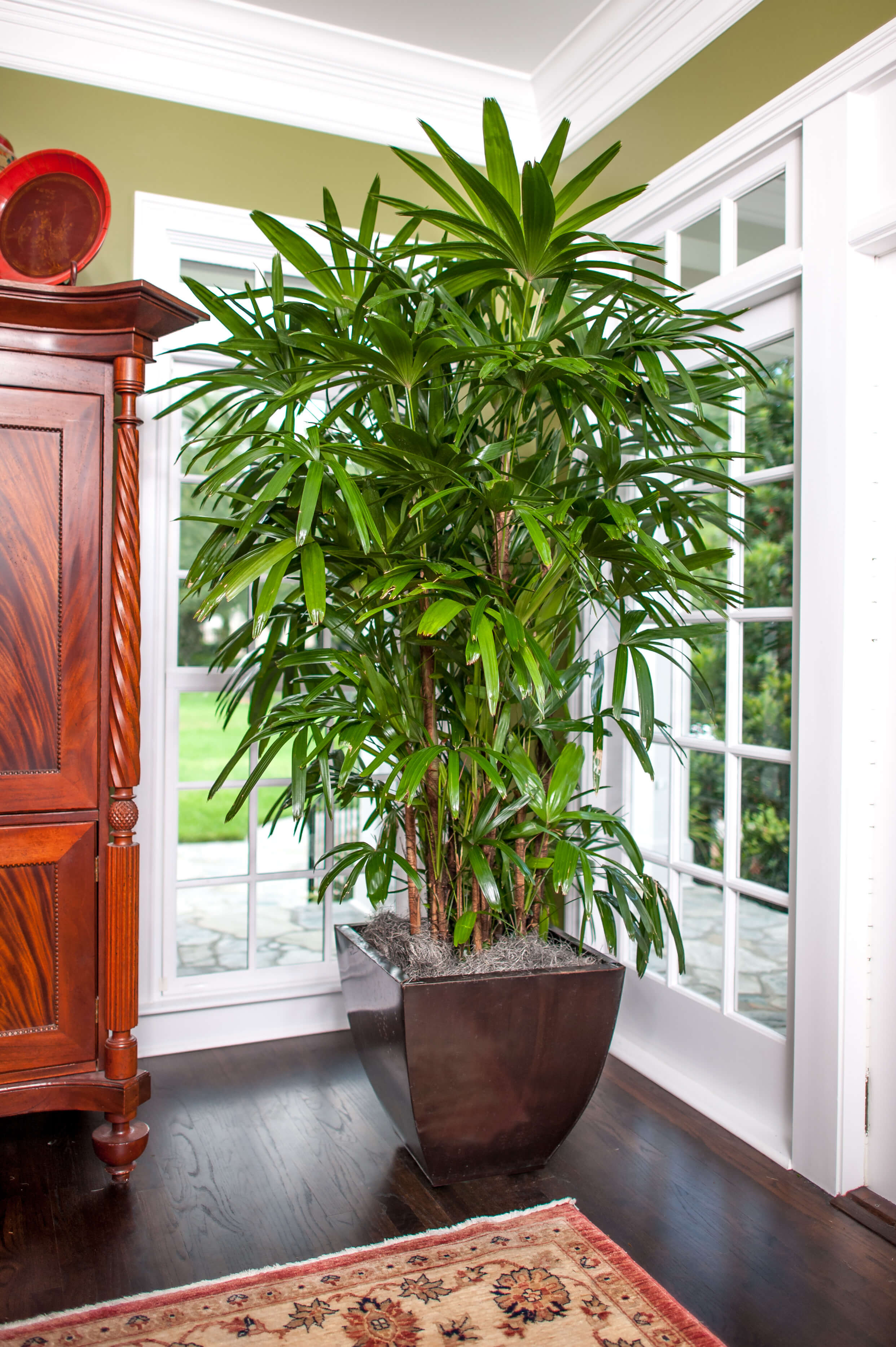Year-Round Interest: Why Perennial Plants are a Gardener’s Best Friend
Perennial plants that live all year long are a treasure trove of benefits for gardeners. These plants offer a multitude of advantages, including low maintenance, cost-effectiveness, and continuous beauty. By incorporating plants that thrive 365 days a year into your outdoor space, you can create a stunning display of color, texture, and interest that will captivate visitors and provide a sense of serenity.
One of the primary benefits of perennial plants is their ability to add year-round interest to gardens and outdoor spaces. Unlike annuals, which typically bloom for a single season, perennials provide a constant display of foliage, flowers, and berries that can be enjoyed throughout the year. This means that gardeners can enjoy a vibrant and dynamic outdoor space, even in the dead of winter.
In addition to their aesthetic appeal, plants that live all year long are also incredibly low maintenance. Unlike annuals, which require frequent planting and replanting, perennials can be planted once and enjoyed for years to come. This makes them an ideal choice for busy gardeners who want to create a beautiful outdoor space without breaking the bank or sacrificing too much time.
Furthermore, perennial plants are also cost-effective. By investing in a few high-quality perennials, gardeners can create a stunning display of color and interest that will last for years to come. This is in contrast to annuals, which must be replanted every year, resulting in a significant expense over time.
When selecting plants that live all year long, it’s essential to consider factors such as hardiness zones, sunlight, and soil type. By choosing plants that are well-suited to your specific climate and region, you can ensure that they will thrive and provide years of enjoyment. Some popular perennial plants that live all year long include succulents, boxwood, and holly, which are known for their ease of care and year-round beauty.
Incorporating plants that live all year long into your outdoor space can also have a significant impact on the environment. By providing a constant source of food and shelter for wildlife, these plants can help support local ecosystems and promote biodiversity. Additionally, perennial plants can also help to reduce soil erosion and improve air quality, making them a valuable addition to any garden or outdoor space.
How to Select the Perfect Evergreen Plants for Your Climate
When it comes to choosing the right evergreen plants for your garden, it’s essential to consider the specific climate and region you live in. Plants that live all year long can thrive in a variety of conditions, but selecting the right species for your area will ensure they receive the best possible start in life.
One of the most critical factors to consider is the hardiness zone of your area. Hardiness zones are defined by the average annual extreme minimum temperature, and they play a significant role in determining which plants will thrive in your garden. For example, if you live in a zone with cold winters, you’ll want to choose evergreen plants that are tolerant of frost and freezing temperatures.
In addition to hardiness zones, sunlight and soil type are also crucial factors to consider when selecting evergreen plants. Some plants prefer full sun, while others thrive in partial shade. Similarly, some plants prefer well-draining soil, while others can tolerate wet or dry conditions. By understanding the specific needs of your plants, you can create a thriving and beautiful garden that will provide year-round interest.
Some popular evergreen plant species that thrive in different climates include:
- Boxwood (Buxus sempervirens) – a versatile and low-maintenance shrub that tolerates a range of conditions
- Holly (Ilex aquifolium) – a stunning shrub with bright red berries that thrives in acidic soils
- Succulents (e.g., Echeveria, Sedum) – perfect for hot and dry climates, these plants store water in their leaves and stems
- Rhododendron (Rhododendron spp.) – a beautiful flowering shrub that thrives in acidic soils and partial shade
- Arborvitae (Thuja occidentalis) – a low-maintenance shrub that tolerates a range of conditions and provides year-round interest
By choosing the right evergreen plants for your climate and region, you can create a stunning and thriving garden that will provide year-round beauty and interest. Remember to consider factors such as hardiness zones, sunlight, and soil type, and don’t be afraid to experiment with different species to find the perfect combination for your garden.
Top 5 Low-Maintenance Evergreen Plants for Busy Gardeners
For busy gardeners, finding plants that are both beautiful and low-maintenance can be a challenge. However, there are many evergreen plants that fit the bill, providing year-round interest and beauty with minimal upkeep. Here are five of the top low-maintenance evergreen plants that are perfect for busy gardeners.
1. Succulents: Succulents are a great choice for busy gardeners, as they are extremely low-maintenance and can thrive in a variety of conditions. They come in a range of shapes, sizes, and colors, and can be used in containers or planted directly in the ground.
2. Boxwood: Boxwood is a versatile and low-maintenance evergreen shrub that can be used for hedges, topiaries, or borders. It prefers well-draining soil and partial shade, but can tolerate a range of conditions.
3. Holly: Holly is a stunning evergreen shrub with bright red berries that can add a pop of color to any garden. It prefers acidic soil and partial shade, but can tolerate a range of conditions.
4. Arborvitae: Arborvitae is a low-maintenance evergreen shrub that can be used for hedges, borders, or screens. It prefers well-draining soil and full sun, but can tolerate a range of conditions.
5. Yew: Yew is a versatile and low-maintenance evergreen shrub that can be used for hedges, topiaries, or borders. It prefers well-draining soil and partial shade, but can tolerate a range of conditions.
These five evergreen plants are perfect for busy gardeners who want to add year-round interest and beauty to their gardens without a lot of upkeep. They are all relatively easy to care for and can thrive in a variety of conditions, making them a great choice for gardeners of all skill levels.
By incorporating these low-maintenance evergreen plants into your garden, you can create a beautiful and thriving outdoor space that will provide year-round interest and beauty. Whether you’re a busy professional or a busy parent, these plants are sure to bring a touch of greenery and serenity to your life.
Creating a Year-Round Garden: Tips for Planting and Design
Creating a year-round garden featuring evergreen plants requires careful planning and design. By incorporating a mix of plants with different textures, colors, and growth habits, you can create a beautiful and thriving outdoor space that will provide interest and beauty 365 days a year.
One of the key principles of designing a year-round garden is to layer plants with different growth habits and textures. This can include combining tall evergreen shrubs with shorter perennials and groundcovers, or mixing plants with different leaf shapes and sizes. By creating a layered effect, you can add depth and visual interest to your garden, even in the dead of winter.
Another important consideration when designing a year-round garden is to incorporate a mix of plants with different bloom times. This can include plants that bloom in the spring, summer, fall, and winter, as well as plants that produce berries or other decorative features. By incorporating a mix of plants with different bloom times, you can create a garden that will provide interest and beauty throughout the year.
In addition to layering plants and incorporating a mix of bloom times, it’s also important to consider the role of hardscaping elements in your year-round garden. Hardscaping elements, such as patios, walkways, and retaining walls, can help to define different areas of the garden and create a sense of structure and order. They can also provide a beautiful backdrop for your evergreen plants, and help to create a sense of continuity and flow throughout the garden.
Some popular hardscaping elements to consider in your year-round garden include:
- Patios and walkways made from natural stone or brick
- Retaining walls made from stone or concrete
- Ornamental fences and gates made from wood or metal
- Water features, such as ponds or fountains
By incorporating a mix of evergreen plants, layering plants with different growth habits and textures, and incorporating hardscaping elements, you can create a beautiful and thriving year-round garden that will provide interest and beauty 365 days a year.
How to Care for Your Evergreen Plants: Tips for Watering, Pruning, and Fertilizing
Proper care is essential to ensure the continued health and beauty of your evergreen plants. By following a few simple tips, you can keep your plants thriving and looking their best throughout the year.
Watering is one of the most critical aspects of caring for evergreen plants. Overwatering can be detrimental to these plants, so it’s essential to water them sparingly. Check the soil regularly, and only water when it feels dry to the touch. Avoid getting water on the leaves or crown of the plant, as this can cause rot and other problems.
Pruning is another essential aspect of caring for evergreen plants. Prune your plants regularly to maintain their shape and promote healthy growth. Remove any dead or damaged branches, and cut back overgrown branches to encourage new growth.
Fertilizing is also important for the health and well-being of your evergreen plants. Use a balanced fertilizer that is specifically formulated for evergreen plants, and follow the instructions on the label for application rates and timing.
In addition to watering, pruning, and fertilizing, there are a few other things you can do to care for your evergreen plants. Mulching around the base of the plants can help retain moisture and suppress weeds. Deadheading, or removing spent flowers, can also help promote healthy growth and encourage new blooms.
Some popular fertilizers for evergreen plants include:
- Scotts Evergreen & Flowering Plant Food
- Miracle-Gro Shake ‘n Feed All Purpose Plant Food
- Espoma Organic Evergreen Tone Fertilizer
By following these simple care tips, you can keep your evergreen plants healthy and thriving throughout the year. Remember to water sparingly, prune regularly, and fertilize as needed to promote healthy growth and encourage new blooms.
Common Problems and Pests: How to Troubleshoot Your Evergreen Plants
Even with proper care, evergreen plants can still be susceptible to common problems and pests. By being aware of these potential issues, you can take steps to prevent them and ensure the continued health and beauty of your plants.
One common problem that can affect evergreen plants is root rot. This can occur when the roots of the plant become waterlogged, causing the plant to become stressed and vulnerable to disease. To prevent root rot, make sure to plant your evergreen plants in well-draining soil and avoid overwatering.
Another common problem that can affect evergreen plants is spider mites. These tiny insects can cause damage to the leaves and stems of the plant, leading to discoloration and stunted growth. To control spider mites, use a gentle insecticidal soap or neem oil, and make sure to spray the undersides of the leaves as well as the tops.
Scale is another common pest that can affect evergreen plants. These small, armored insects can cause damage to the leaves and stems of the plant, leading to discoloration and stunted growth. To control scale, use a gentle insecticidal soap or neem oil, and make sure to spray the undersides of the leaves as well as the tops.
In addition to these common problems and pests, there are a few other things to watch out for when caring for your evergreen plants. These include:
- Aphids: These small, soft-bodied insects can cause damage to the leaves and stems of the plant, leading to discoloration and stunted growth.
- Whiteflies: These tiny insects can cause damage to the leaves and stems of the plant, leading to discoloration and stunted growth.
- Leaf spot: This fungal disease can cause damage to the leaves of the plant, leading to discoloration and stunted growth.
By being aware of these potential problems and pests, you can take steps to prevent them and ensure the continued health and beauty of your evergreen plants. Remember to monitor your plants regularly, and take action at the first sign of trouble.
Using Evergreen Plants in Container Gardens and Indoor Spaces
Evergreen plants can add a touch of greenery and beauty to container gardens and indoor spaces, even in the dead of winter. By choosing the right evergreen plants and following a few simple care tips, you can enjoy the benefits of these plants in a variety of settings.
One of the benefits of using evergreen plants in container gardens is that they can provide year-round interest and beauty. Even in the winter, when many other plants are dormant, evergreen plants can continue to thrive and provide a splash of color and texture to your outdoor space.
When choosing evergreen plants for container gardens, consider the size and shape of the container, as well as the amount of sunlight and water the plants will receive. Some popular evergreen plants for container gardens include:
- Succulents, such as aloe and agave
- Boxwood and holly
- Arborvitae and juniper
In addition to container gardens, evergreen plants can also be used in indoor spaces to add a touch of greenery and beauty. By choosing the right evergreen plants and following a few simple care tips, you can enjoy the benefits of these plants in your home or office.
Some popular evergreen plants for indoor spaces include:
- Pothos and snake plant
- Dracaena and philodendron
- Peace lily and spider plant
When caring for evergreen plants in indoor spaces, make sure to provide them with bright, indirect light and water them sparingly. Avoid overwatering, as this can cause the roots to rot and the plant to become stressed.
By incorporating evergreen plants into your container gardens and indoor spaces, you can enjoy the benefits of these plants year-round. Whether you’re looking to add a touch of greenery to your outdoor space or bring some beauty and freshness to your home or office, evergreen plants are a great choice.
Conclusion: Bringing Year-Round Beauty to Your Outdoor Space
Plants that live all year long are a great way to add year-round interest and beauty to your outdoor space. By choosing the right evergreen plants for your climate and region, and following a few simple care tips, you can enjoy the benefits of these plants 365 days a year.
Whether you’re a busy gardener or just starting out, evergreen plants are a great choice for adding beauty and freshness to your outdoor space. They are low maintenance, cost-effective, and can thrive in a variety of conditions.
By incorporating evergreen plants into your garden or outdoor space, you can create a beautiful and thriving environment that will provide year-round interest and beauty. So why not give it a try? Visit your local nursery or explore online resources to learn more about the different types of evergreen plants that are available, and start planning your year-round garden today!
Remember, with the right evergreen plants and a little bit of care, you can enjoy the beauty and freshness of your outdoor space all year long. So don’t wait – start planning your year-round garden today and bring the beauty of nature to your doorstep!






